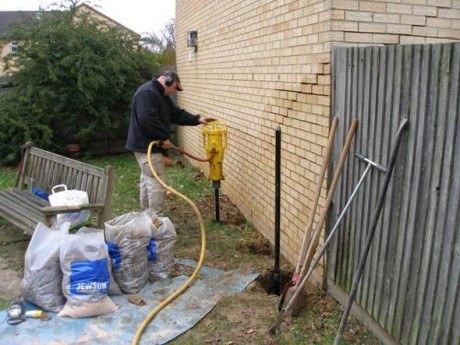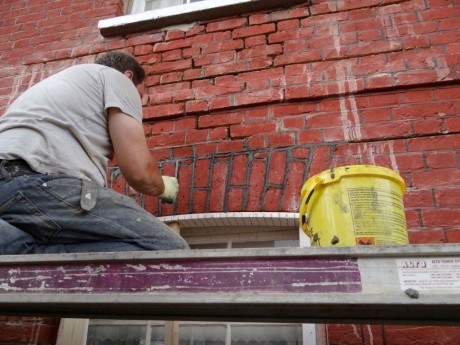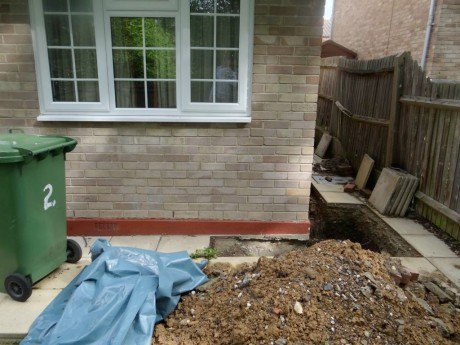Subsidence And Heave Explained
Subsidence and heave explained.
Subsidence is a common problem in London and the South East of England with an estimated 3.7 million home owners at risk within the region covering over 140,000 postcodes.
Why is subsidence such a problem in London and the South East? Well the majority of the properties within London and the South East are Edwardian or Victorian built and certainly the vast majority were built before the 1970’s. Built on shallow foundations on a clay sub soil which is susceptible to shrinkage and heave with our ever changing adverse weather condition causing changes in ground conditions causing subsidence.
How is subsidence recognised? The location of the cracking for subsidence is normally located around window and door openings in vertical staggered form with the width of the crack normally wider at the top than at the bottom, Heave is different, it is the expansion of the sub soil lifting the building and this is recognised with similar crack locations but often the crack is wider at the bottom than at the top.
Subsidence is caused by ground movement but in order to locate the source of the ground movement obvious factors are undertaken during our survey such as the location of tress which can suck large volumes of moisture from the soil, drains – which in some instances fail causing the soil beneath to wash away. Excavations beneath the ground such as tunnelling for Londons crossrail, expansion of the water and sewage systems and the increasing number of basements can also be the culprit of subsidence.
Subsidence and heave can in some instances be repaired using the Twistfix Heliforce system by creating masonry beams across the brick panels connecting the whole building allowing it to act as one structure instead of individual brick panels that distributes structural loads.
In instances were subsidence cannot be repaired using the Twistfix Heliforce system alone, it is incorporated with either mass concrete underpinning or more conventionally mini piling systems that drive piles down to bedrock or firm made up ground preventing the structure from subsiding or heaving in the event of further ground movement.

Visit our case studies here for subsidence repairs.
Read More
